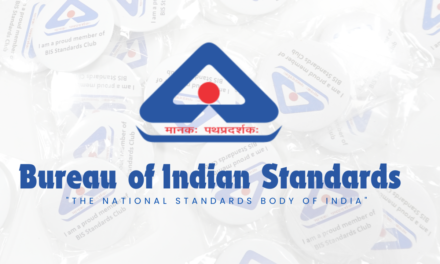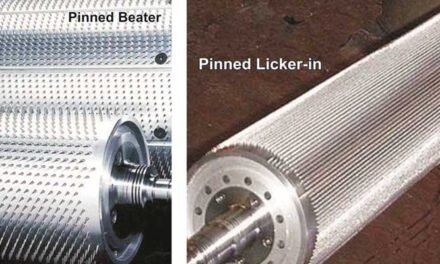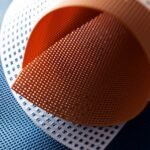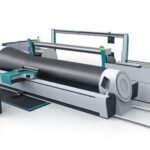What are the most popular coating materials used in fabric manufacturing (e.g., PVC, polyurethane, silicone), and how do they affect the fabric’s properties?
Coated fabrics are enhanced with various materials to improve their functionality, durability, and resistance to environmental conditions. Below are the most commonly used coating materials and their impact on fabric properties:
1. Polyvinyl Chloride (PVC):
- Properties & Benefits:
- Waterproof and weather-resistant.
- High durability and strength.
- Flame-retardant and chemical-resistant.
- Cost-effective.
- Drawbacks:
- Less breathable (may trap heat and moisture).
- Can stiffen over time.
- Environmental concerns due to chlorine content.
- Common Applications:
- Tarpaulins, truck covers.
- Raincoats and waterproof clothing.
- Upholstery and synthetic leather.
- Industrial tents and banners.
2. Polyurethane (PU):
- Properties & Benefits:
- Lightweight and flexible.
- More breathable than PVC.
- Water-resistant or fully waterproof, depending on the formulation.
- Soft and comfortable texture.
- Drawbacks:
- Less durable than PVC (can wear out faster).
- Sensitive to UV exposure.
- Common Applications:
- Sportswear and activewear.
- Synthetic leather and upholstery.
- Outdoor gear and camping tents.
- Medical textiles (bandages, hospital curtains).
3. Silicone Coating:
- Properties & Benefits:
- Highly flexible and soft.
- Excellent water and chemical resistance.
- High-temperature resistance.
- UV and weather-resistant.
- Non-toxic and environmentally friendly.
- Drawbacks:
- Higher cost compared to PVC and PU.
- Can be difficult to bond with other materials.
- Common Applications:
- Outdoor and performance fabrics (e.g., parachutes, sails).
- Medical textiles and food-grade fabrics.
- Fire-resistant protective clothing.
- Aerospace and automotive fabrics.
4. Acrylic Coating:
- Properties & Benefits:
- UV-resistant and prevents fabric fading.
- Water and stain-resistant.
- Provides a smooth, glossy finish.
- Affordable compared to silicone.
- Drawbacks:
- Lower flexibility than PU or silicone.
- Not as durable in high-abrasion environments.
- Common Applications:
- Outdoor awnings and marine fabrics.
- Upholstery and automotive seat covers.
- Fashion and home textiles.
5. Teflon (PTFE) Coating:
- Properties & Benefits:
- Excellent water, oil, and stain resistance.
- High heat resistance.
- Breathable while remaining water-repellent.
- Drawbacks:
- More expensive than standard coatings.
- Requires special application techniques.
- Common Applications:
- Technical and industrial textiles.
- High-end waterproof jackets (e.g., Gore-Tex).
- Protective workwear (firefighters, industrial workers).
6. Rubber (Natural & Synthetic):
- Properties & Benefits:
- Provides elasticity and durability.
- Highly waterproof and insulating.
- Impact and shock-absorbing.
- Drawbacks:
- Heavy compared to other coatings.
- Can degrade over time, especially under UV exposure.
- Common Applications:
- Protective clothing (gloves, boots, raincoats).
- Industrial belting and conveyor belts.
- Inflatable structures (boats, air mattresses).
7. Wax Coating:
- Properties & Benefits:
- Natural water resistance.
- Soft and flexible feel.
- Can be reapplied for longevity.
- Drawbacks:
- Requires maintenance (re-waxing).
- Can attract dirt and become stiff in cold weather.
- Common Applications:
- Waxed canvas jackets (e.g., Barbour coats).
- Outdoor bags and backpacks.
- Workwear and rugged outdoor gear.
8. Fluoropolymer Coating:
- Properties & Benefits:
- Superior stain and chemical resistance.
- Water and oil repellency.
- Non-stick surface (used in specialized applications).
- Drawbacks:
- Higher cost
- Some fluoropolymers raise environmental concerns
- Common Applications:
- High-performance rainwear and outdoor gear.
- Medical textiles (surgical drapes, protective gear).
- Industrial filtration fabrics.







